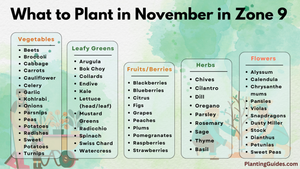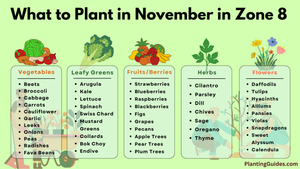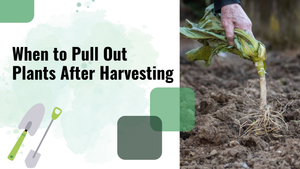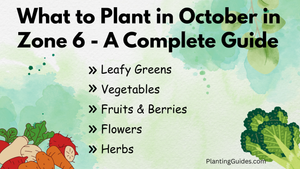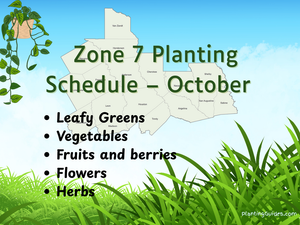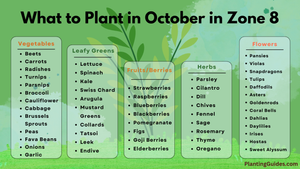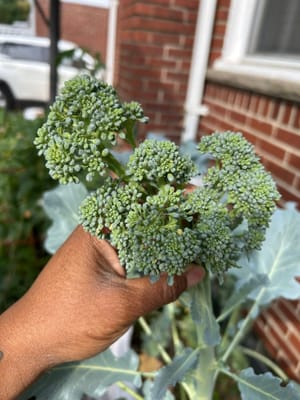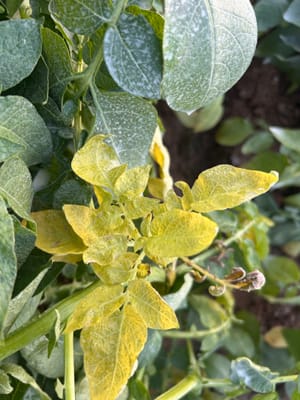Best Native Ground Cover for Pacific Northwest
By Parvez Akhtar Pasha | May 05, 2025
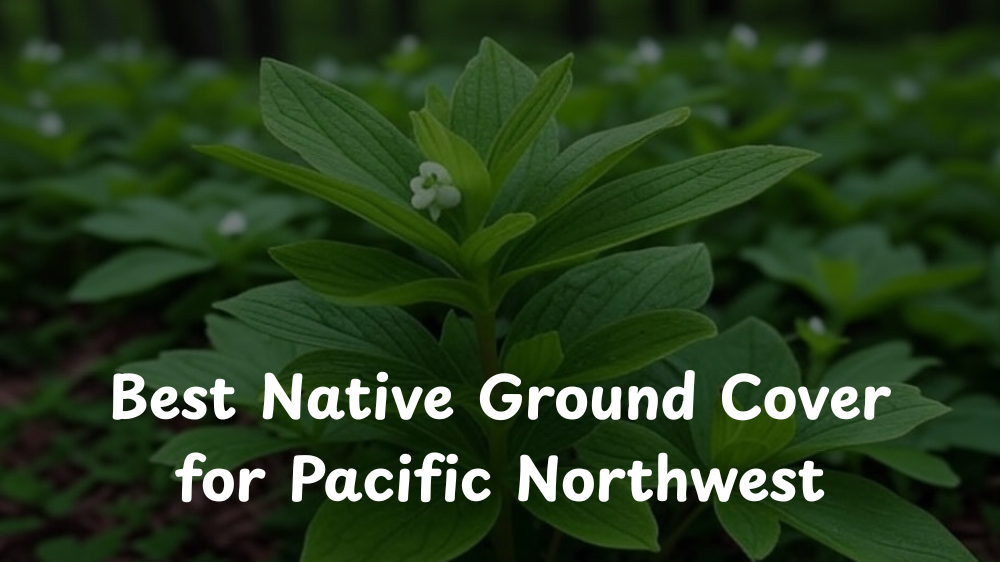
When choosing a ground cover, I always prefer natives as they thrive in our Pacific Northwest climate, support local wildlife, and require less maintenance than non-native options.
I already found on Facebook groups that PNW gardeners are asking about which ground cover to choose for their garden, and many gardeners submit their answers also. But I found that the answers just mention some names of plants that can be used as ground cover. Nothing wrong in it.
But there is a wide range of ground covers. Some love full sun, some love shade, and so on. So it is better to choose the one that performs well with the lowest amount of maintenance.
For this reason, I have decided to write a dedicated article to let you know about some of the best native ground cover for Pacific Northwest and mention the hardiness zone for each one.
In this article, I will separate the ground covers into several categories that you can see below:
- Shade-loving ground cover
- Full sun ground cover
- Grass as ground cover
- Low-height ground cover
Well, most of the population in PNW is concentrated between USDA hardiness zones 7 and 9. A very few population lives in other zones that have a colder climate.
Shade-loving ground cover
If you have a garden space that doesn't get much sunlight or most of the time it is shady, then you don't have to worry. There are some shade-loving ground covers available that can thrive in shade.
| Plant Name | Best Pacific Northwest Zone(s) | Planting Method | Planting Time | Perennial or Annual |
|---|---|---|---|---|
| Wild Ginger (Asarum caudatum) | 6a–9b | Starter plants or division | Spring or fall | Perennial |
| Inside-Out Flower (Vancouveria hexandra) | 6a–8b | Starter plants or division | Spring or early fall | Perennial |
| Redwood Sorrel (Oxalis oregana) | 7a–9b | Starter plants or division | Spring or fall | Perennial |
| Bunchberry (Cornus canadensis) | 5a–7b | Starter plants or division | Spring | Perennial |
| Foamflower (Tiarella trifoliata) | 5a–8b | Seed or starter plants | Spring or fall | Perennial |
| Salal (Gaultheria shallon) | 6a–9b | Starter plants or cuttings | Spring or early fall | Perennial |
| Evergreen Violet (Viola sempervirens) | 6a–8b | Seed or starter plants | Spring or fall | Perennial |
Bunchberry requires consistently moist, acidic soil to thrive.
Foamflower needs regular watering and partial shade to prevent leaf scorch.
Evergreen Violet needs to be monitored for slugs and snails, which can damage foliage. To get rid of slugs and many other garden pests, follow these organic pest control methods.
Full sun ground cover
For garden space getting a good amount of sunlight, you can grow some full sun ground covers, as you can see in the chart below:
| Plant Name | Best Pacific Northwest Zone(s) | Planting Method | Planting Time | Perennial or Annual |
|---|---|---|---|---|
| Kinnikinnick (Arctostaphylos uva-ursi) | 5a–8b | Starter plants or cuttings | Spring or fall | Perennial |
| Coastal Strawberry (Fragaria chiloensis) | 6a–9b | Starter plants or runners | Spring or early fall | Perennial |
| Broad-Leaf Sedum (Sedum spathulifolium) | 5a–8b | Starter plants or cuttings | Spring or fall | Perennial |
| Wooly Sunflower (Eriophyllum lanatum) | 6a–9b | Seed or starter plants | Spring | Perennial |
| Yarrow (Achillea millefolium) | 5a–9b | Seed, division, or starter plants | Spring or fall | Perennial |
| Farewell-to-Spring (Clarkia amoena) | 6a–9b | Seed | Spring | Annual |
| Lanceleaf Self-Heal (Prunella vulgaris var. lanceolata) | 5a–8b | Seed or starter plants | Spring or fall | Perennial |
Kinnikinnick requires well-drained, sandy soil to prevent root rot in wet conditions.
The Wooly Sunflower requires regular deadheading of spent flowers to encourage continuous blooming.
Farewell-to-Spring seeds should be sown in well-prepared soil and thinned to avoid overcrowding.
Grass as ground cover
Grass is so common and widely used in landscaping. Personally, I also prefer to use grasses as ground covers. Below are some grasses that can be used as ground cover in the Pacific Northwest.
| Plant Name | Best Pacific Northwest Zone(s) | Planting Method | Planting Time | Perennial or Annual |
|---|---|---|---|---|
| Roemer’s Fescue (Festuca roemeri) | 6a–9b | Seed or starter plants | Spring or fall | Perennial |
| Idaho Fescue (Festuca idahoensis) | 5a–8b | Seed or starter plants | Spring or fall | Perennial |
| Bluebunch Wheatgrass (Pseudoroegneria spicata) | 5a–8b | Seed or starter plants | Fall | Perennial |
| Tufted Hairgrass (Deschampsia cespitosa) | 5a–9b | Seed or starter plants | Spring or fall | Perennial |
| California Oatgrass (Danthonia californica) | 6a–9b | Seed or starter plants | Spring or fall | Perennial |
| Prairie Junegrass (Koeleria macrantha) | 5a–8b | Seed | Fall | Perennial |
| Alaska Bentgrass (Agrostis aequivalvis) | 6a–9b | Seed or starter plants | Spring or fall | Perennial |
Bluebunch Wheatgrass needs well-drained soil to prevent root rot, especially in wet winters of PNW.
Prairie Junegrass seeds should be sown in fall and protected from birds to improve germination rates.
Alaska Bentgrass requires consistent moisture during establishment to support healthy growth.
Low-height ground cover
Low-height ground cover is ideal for suppressing weeds, preventing soil erosion, and adding aesthetic appeal in areas like slopes, borders, or between stepping stones.
| Plant Name | Best Pacific Northwest Zone(s) | Planting Method | Planting Time | Perennial or Annual |
|---|---|---|---|---|
| Kinnikinnick (Arctostaphylos uva-ursi) | 5a–8b | Starter plants or cuttings | Spring or fall | Perennial |
| Coastal Strawberry (Fragaria chiloensis) | 6a–9b | Starter plants or runners | Spring or early fall | Perennial |
| Broad-Leaf Sedum (Sedum spathulifolium) | 5a–8b | Starter plants or cuttings | Spring or fall | Perennial |
| Redwood Sorrel (Oxalis oregana) | 7a–9b | Starter plants or division | Spring or fall | Perennial |
| Evergreen Violet (Viola sempervirens) | 6a–9b | Seed or starter plants | Spring or fall | Perennial |
| Lanceleaf Self-Heal (Prunella vulgaris var. lanceolata) | 5a–8b | Seed or starter plants | Spring or fall | Perennial |
| Creeping Oregon Grape (Mahonia repens) | 5a–8b | Starter plants or cuttings | Spring or fall | Perennial |
Plant Creeping Oregon Grape in partial shade with well-drained, acidic soil, and mulch to retain moisture and suppress weeds.
